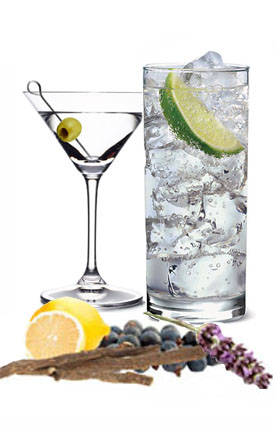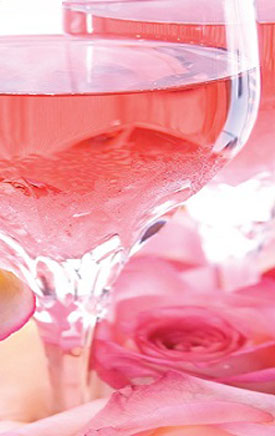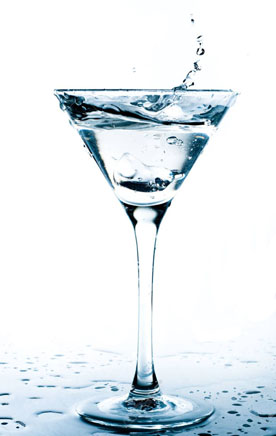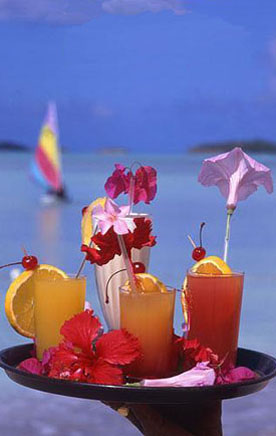Best California Chardonnay
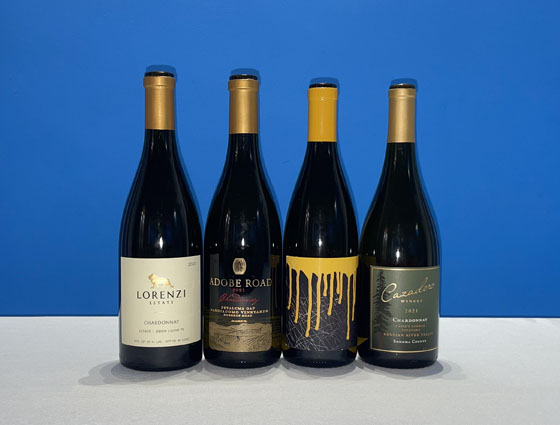
The Tasting:
The Fifty Best held a “blind” tasting of four California Chardonnay wines with eight members of our wine judging panel. The order of service was established beforehand by lottery. Strict tasting rules were applied. Each of the wines were poured into fresh glasses from new sealed bottles and served well chilled. Only crusty peasant bread were available to cleanse the palate.
The judges wrote down their impressions of each wine on score sheets. The scoring was based on a 5-point system, with 5 as the highest. Double-Gold and Gold medals are awarded according to a set range of final point scores received from the judges. There were no Silver or Bronze medals awarded for this tasting. Medals are provided based entirely on merit and only to products judged worthy of such award.
The tasting notes that follow are summaries of the judges’ opinions, with all replicated commentary eliminated. Clicking on the brands' names will link to their websites.
|
DOUBLE-GOLD MEDAL WINNER |
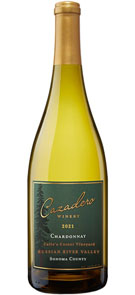 |
|
|
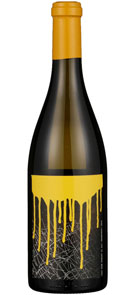 |
|
|
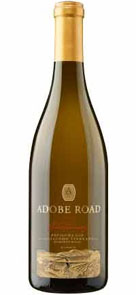 |
|
|
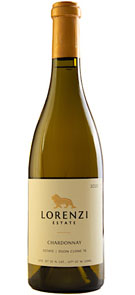 |
The Evolving Styles of California Chardonnay
Chardonnay is the top-selling wine in the U.S., and the 5th most widely planted grape variety in the world. But back in the early 1950s, James Zellerbach, a paper magnate and American ambassador to Italy, produced a Chardonnay at his Hanzell Vineyards in Sonoma Valley that had been aged in small French oak barrels. Connoisseurs understood the importance of a wine that was made in the traditional Burgundian method, but Hanzell’s Chardonnay was appreciated by only a select few. Chardonnay plantings in California grew throughout the 1960s, with 18 times more acreage in 1972 than in 1959. However, most wine drinkers still preferred their misleadingly labeled “Chablis” and “Sauternes.”
All that changed after the famous Judgment of Paris in 1976, when Chateau Montelena’s 1973 Chardonnay took First Place in a blind tasting that included both American and French wines, and was widely hailed in the media. Chardonnay became a superstar. Virtually every winemaker in California wanted to make one. So in went Chardonnay vines, often replacing less the popular varieties. French oak barrels arrived into American ports by the boatload, ordered by winemakers who felt that if new French oak was good enough for white Burgundy, it was good enough for them.
In wine, balance is everything, and eventually a style for chardonnay evolved that seems natural and unforced. To oak or not to oak? In the end, it’s all a matter of taste. Consumers decide for themselves which style of Chardonnay they like: unoaked, heavily oaked or something in between. And that’s the beauty of California: no rules, few regulations, a wide range of terroirs and vintners willing to explore the possibilities while keeping a close eye on the market.
What to look for in California Chardonnays? Richness, depth and a refreshing sense of acidity. An emphasis on orchard and tropical fruits, with tart citrus, creamy and mineral flavors. Chardonnay is an easy wine for food pairings because of its wide variety of styles, textures, levels of sweetness and natural acidity. All types of seafood, chicken, veal, pork are good pairings with Chardonnay. It's also perfect with a wide variety of hard, soft and creamy cheeses.
Disclaimer: This section of the website is intended for visitors 21 years of age and older.
If you are not of legal drinking age, please exit by clicking here.
Please drink responsibly!


